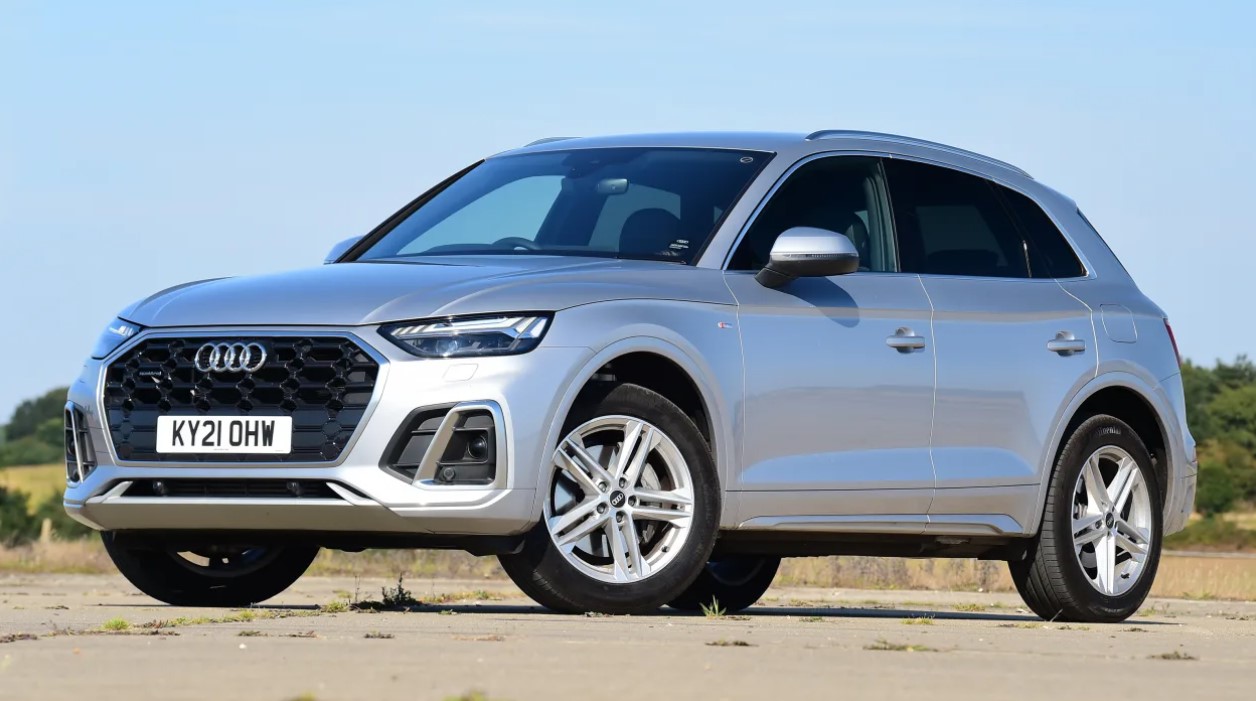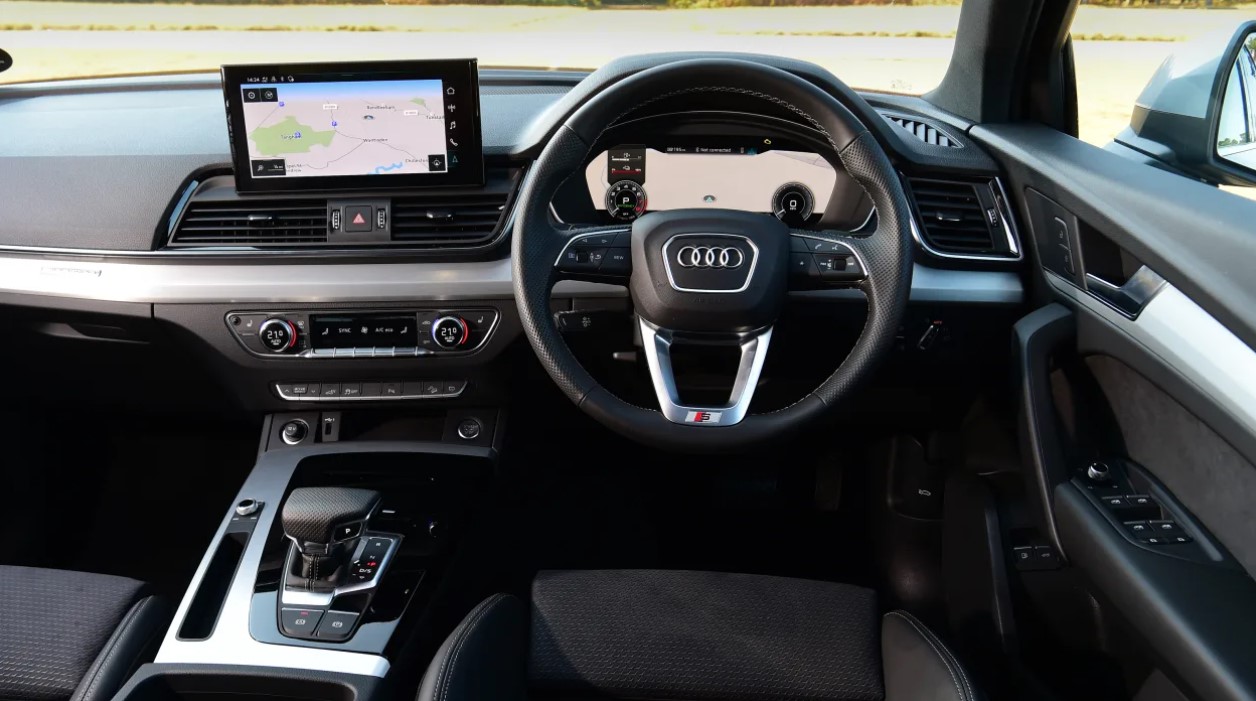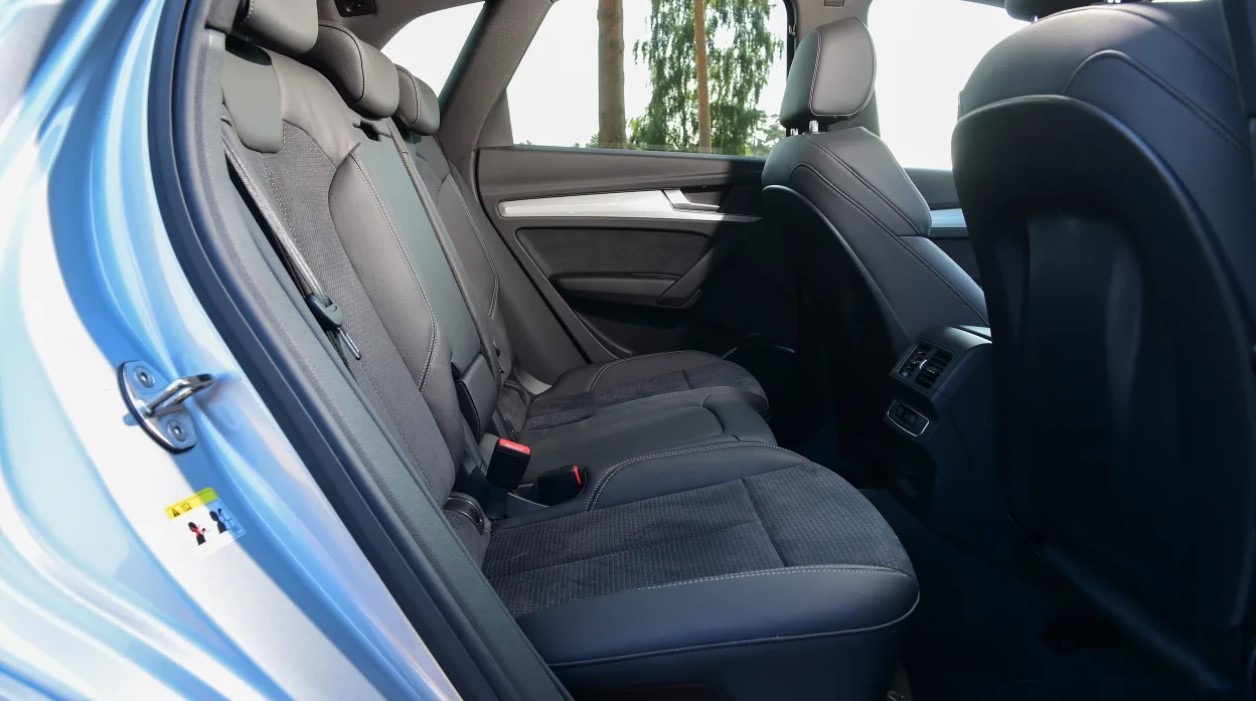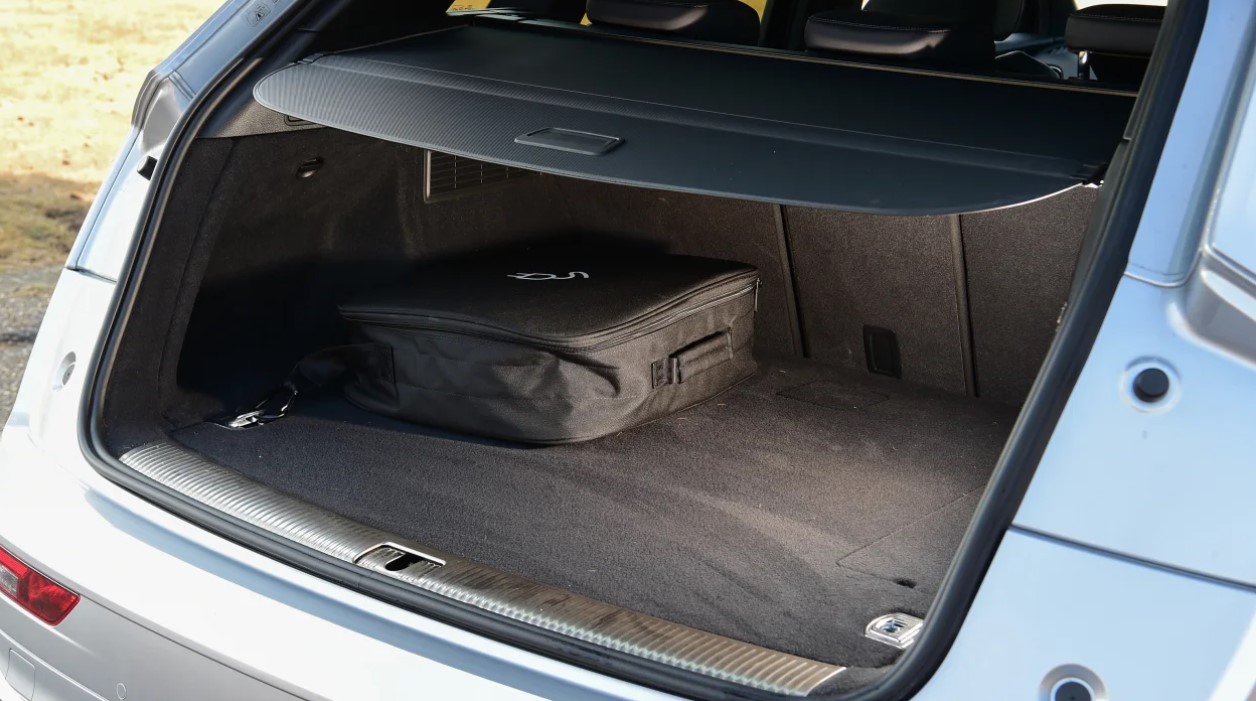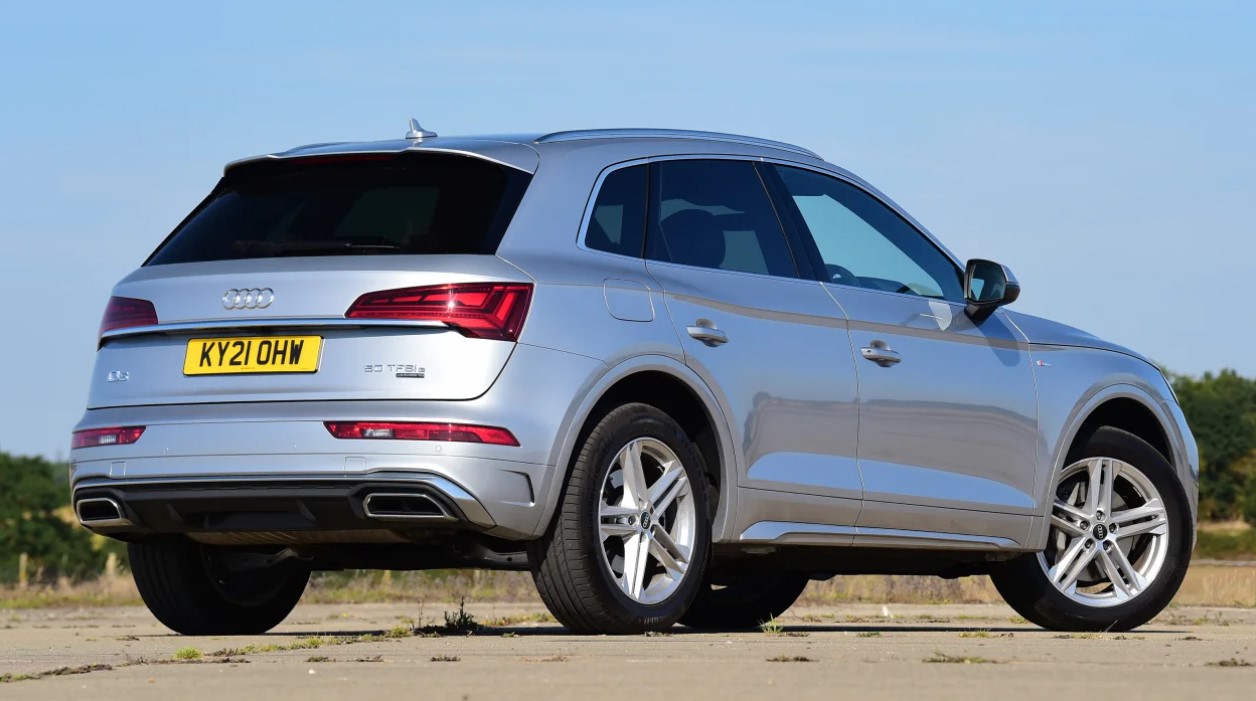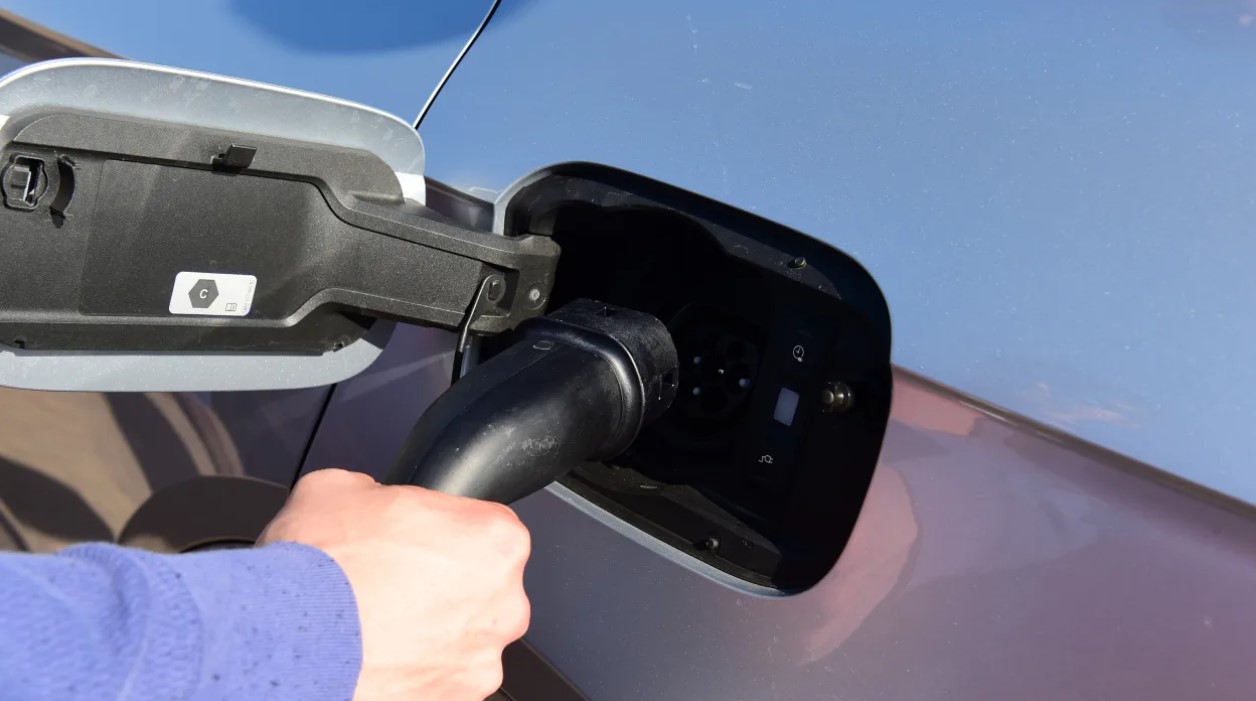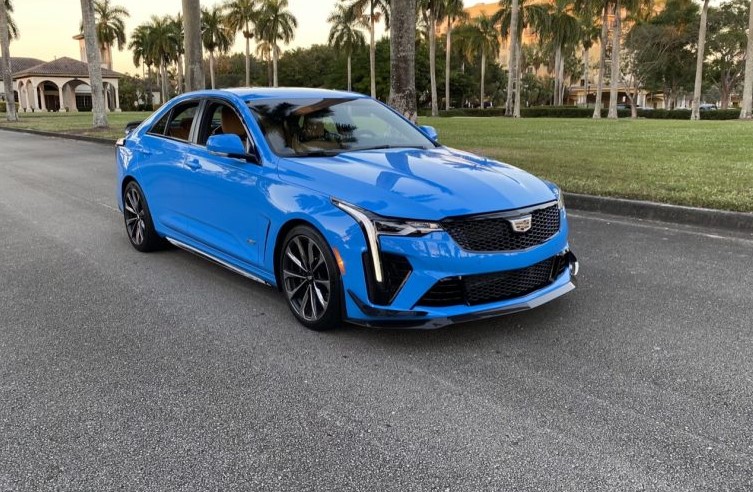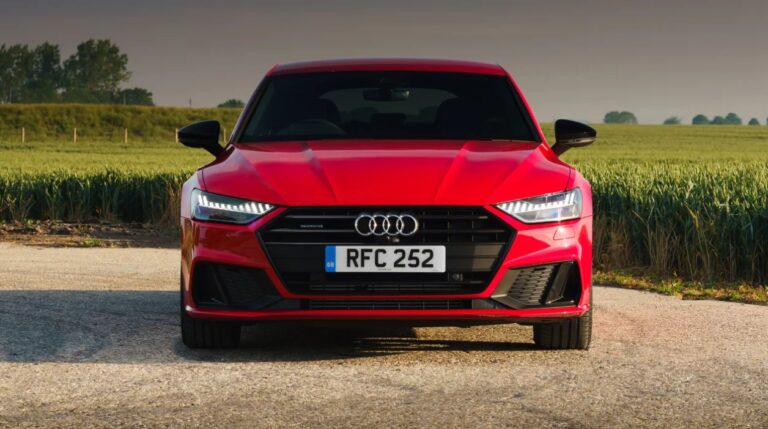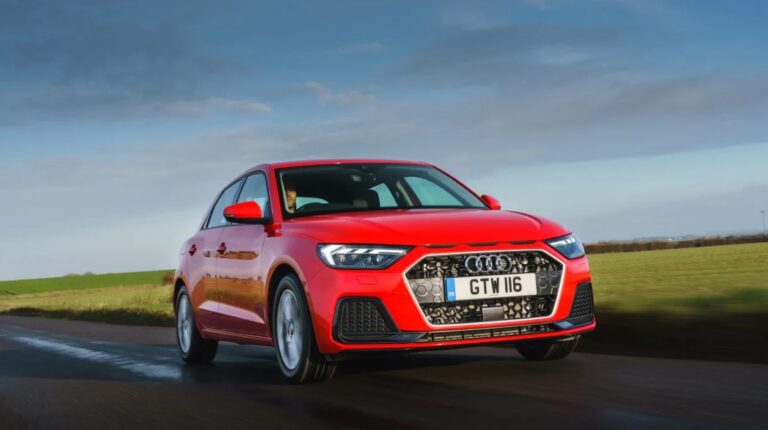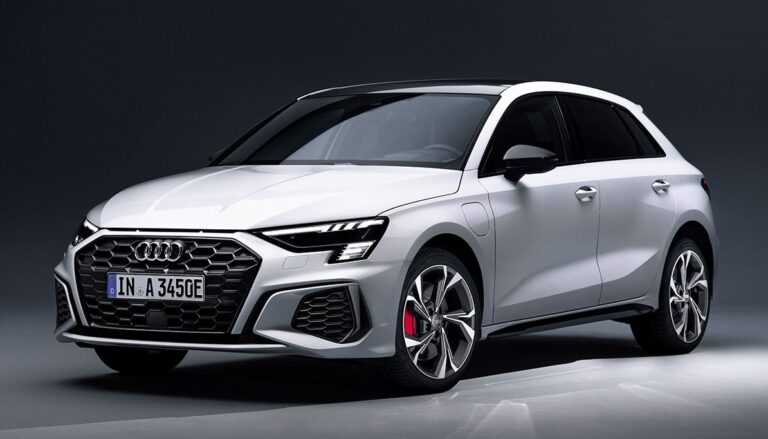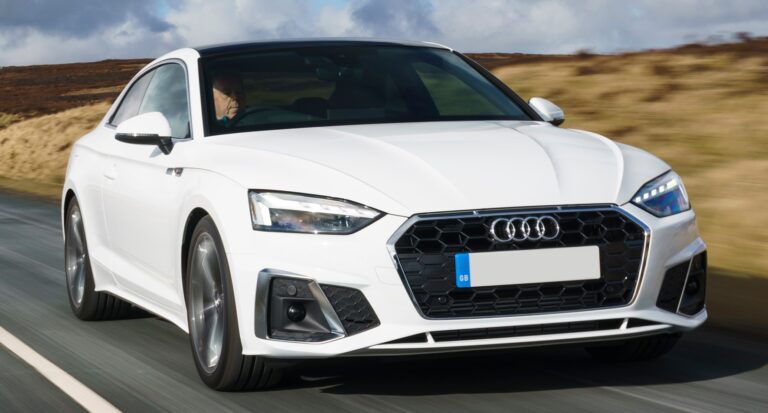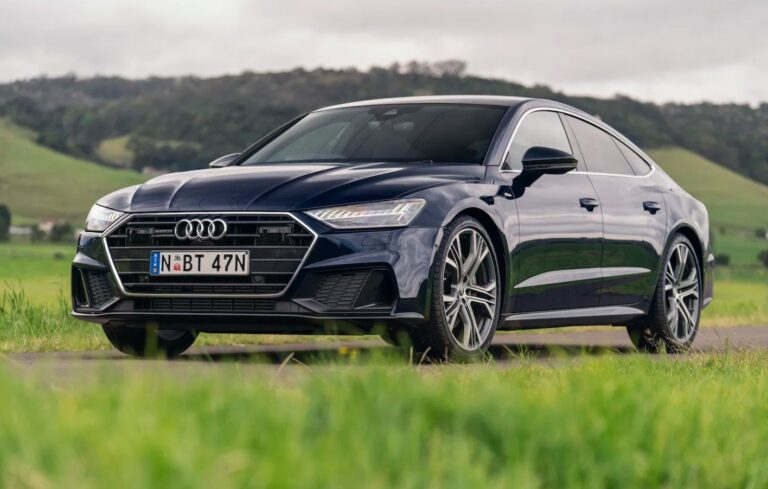2026 Audi Q5 Review, Specs, Fuel Economy
2026 Audi Q5 Review, Specs, Fuel Economy – The 2026 Audi Q5, which is just in its second generation, has become one of the most well-liked luxury SUVs available and a fierce competitor to vehicles such as the Mercedes GLC and BMW X3.
The larger Audi Q7 and the Audi A4 share chassis components with the well-liked Q5. It offers a comfortable and enjoyable ride, but it doesn’t captivate drivers as much as the Jaguar F-Pace or X3. It compensates for this, though, with a very luxurious interior and a wealth of cutting-edge security and technology features, including some of the best entertainment systems available in any car.
The 2026 Audi Q5 is one of the most popular luxury SUVs on the market right now, so if you’re looking to purchase or lease a chic family 4×4, it should be on your shortlist. A facelifted version with more stylistic and technical advancements was developed in 2020 after the second-generation Q5 was released in 2016. Both the base Q5 and the coupe-SUV-styled Sportback come in three trim levels: Sport, S line, and Black Edition.
The starting price of the 2026 Audi Q5 is around £47,000, placing it in the premium SUV market. Its main rivals are the BMW X3, Jaguar F-Pace, Volvo XC60, Mercedes GLC, Alfa Romeo Stelvio, Lexus NX, and Land Rover Discovery Sport. 2026 Audi Q5 Review
Table of Contents
2026 Audi Q5 Redesign and Update Plan
Exterior & Interior
The 2020 facelift only slightly altered the 2026 Audi Q5’s already sophisticated look and accurate dimensions. These included updated LED headlights, a revised radiator grille, and broader air intakes in the front bumper. Audi also reprofiled the side skirts and added new rear trim.
Depending on the trim level, Audi also offers the Q5 a few exterior options. For example, the Sport model features silver skid plates and a chrome grille surround, while the S line variant has a honeycomb grille and a chrome strip for the rear diffuser. Audi has added two more paint treatments to the Q5’s color scheme: District Green and Ultra Blue. The wheels are available in nine distinct paint colors and range in size from 18 to 21 inches. The plug-in hybrid TFSI e is available in two complementary colors: Brilliant Black and the previously stated white. The standard color for the regular gasoline and diesel variants is arkona white. Other color choices include metallic or pearl effect, which start at £675, or a range of Audi Exclusive colors, which are quite costly at £3,330.
Despite using far superior materials, the Q5’s interior design is comparable to the A4’s dashboard architecture. Everything that is easily observable or often touched feels and looks great, therefore it will take a lot of research before you begin to find any uncomfortable plastics. A storage box has taken the place of the Q5’s center console rotary control knob, and a 10.1-inch infotainment touchscreen now dominates the dashboard. The Q4 e-tron and other modern Audi vehicles with the similar dash-mounted screen appear sleeker, even if they are more ergonomic.
The Q5’s configuration is mostly controlled by the touchscreen, which also has voice activation. A control wheel and trackpad are no longer used to operate Audi’s MMI Navigation system. Despite the rather outdated mapping, the display features a neat layout, useful shortcut keys, and decent visuals.
Nearly everything has a touchscreen that responds to inputs by clicking anytime you touch it. Standard features include Android Auto, Apple CarPlay, and a three-year subscription to associated services. The system offers a plethora of information and is easy to use.
Audi’s Virtual Cockpit 10.25-inch digital display is also included, giving the interior a high-tech look and exceptional functionality. We appreciate that the climate controls, which are situated beneath the main touchscreen, are still physical buttons because it’s convenient to adjust the temperature while driving.
Standard features include a Bluetooth and DAB radio and two USB ports for charging gadgets. A rear USB charging port, LED headlights, LED interior ambient lighting, wireless charging, park assist, an upgraded Bang & Olufsen sound system, and more are all included in Audi’s “Technology Pack,” which retails for about £1,900. 2026 Audi Q5 Review
2026 Audi Q5 Specs
Engine & Performance
The 2026 Audi Q5 places a high value on poise, security, and fun driving. The most accommodating option is the standard Sport’s “dynamic” suspension. The firmer “sports” of the S line trim are appropriate for most UK roads if you stick with the smaller 19-inch wheels. The wider 21-inch wheels, which are an option for the Black Edition automobiles, make the ride unstable and thump over potholes at high speeds. The ride quality is poorer than that of a Mercedes GLC with similar equipment.
Because of its reliable handling, the Q5 is a car that is simple to drive quickly and willing to change direction when forced into corners. But for what it isn’t, it’s too thrilling. The lack of sensation is directly caused by the steering, which is accurate and reliable enough to let you to confidently manage the Q5 into a corner. It is challenging to observe how the front wheels move and engage with the road below, though.
The roughest surface a normal Q5 will likely meet is a very dusty section of a Waitrose parking lot. However, if you get lost and end yourself on a gravel track, the car should be able to get you through because all versions have quad four-wheel drive. It can still be used in most situations, despite not having the off-road capabilities of the Land Rover Discovery Sport.
The “Drive Select” button on the Q5 gives a multitude of driving options, just like in many prior Audi vehicles. This allows you to select from a range of settings that affect the stability control system, throttle response, steering weight, and gearbox responsiveness, among other things. Often we skipped over “Efficiency” and switched between “Comfort” and “Dynamic.” When utilizing the “Efficiency” option, throttle responsiveness is decreased in an effort to increase fuel economy. You may also group your preferred settings from key auto parts and place them under a “Individual” preset to prevent mode switching.
This 7-speed dual-clutch transmission is fantastic; it moves smoothly and swiftly and has software that can kick down when necessary. The Alfa Romeo Stelvio’s metal paddles behind the steering wheel are more pleasant to operate, but you can still shift manually by flicking them.
The Q5’s plug-in hybrid variants are quiet cars that smoothly transition from electric to internal combustion engine power. The Q5 will err on the side of battery power when you select hybrid mode, but it will convert to the gasoline engine when the acceleration is more severe. The 2020 facelift gave the base Q5 gasoline and diesel cars mild-hybrid technology, which increased overall power, performance, and efficiency.
The entry-level 45 TFSI 2.0-liter four-cylinder gasoline engine now produces 261 horsepower instead of 247, while the 40 TDI 2.0-liter oil burner now produces 201 horsepower instead of 187. It boasts 14 horsepower more than the (pre-facelift) diesel version, and it also includes a 12-volt mild-hybrid system that uses a belt-driven starter-generator (BSG) to offer a little more power and torque to aid with pulling away. With a top speed of 137 mph and a sprint pace of 7.6 seconds from 0 to 62 mph, the diesel is our favorite car in the series. It is well-tuned, strong, and reasonably priced.
The 45 TFSI’s peak speed of 149 mph and 6.1-second 0-62 mph sprint time make it an excellent choice for enthusiasts of gasoline-powered vehicles. For both private owners and business travelers looking for plug-in hybrid adaptability, the TFSI e-cars are perfect. In terms of performance, the 295bhp 50 TFSI e can reach a peak speed of 148 mph and sprint from 0 to 62 mph in only 6.1 seconds. 2026 Audi Q5 Review
2026 Audi Q5 Fuel Economy
Because it weighs 90 kg less than the previous model, the 2026 Audi Q5 is a second-generation vehicle that uses less fuel and emits less greenhouse gases. More economy is also achieved with the quattro ‘ultra’ on-demand four-wheel drive system. Until it detects that you require the extra grip of four-wheel drive in slippery situations, it remains in the more economical front-wheel drive mode. Then, to help you get out of the danger, the back wheels are activated.
Mild hybrid technology is now available for the Q5 gasoline and diesel models, and the 2.0-liter TDI engine weighs 22.5 kg less thanks to an aluminum crankcase and a smaller crankshaft.
Audi claims that the 40 TDI may score 44.1 mpg on the combined cycle and emit 167 g of CO2, while the 2.0-liter TFSI gasoline engine may get up to 33.6 mpg and make 190 g of CO2 per kilometer. Operating costs for the 50 TFSI e plug-in hybrid are typically cheap. The 50 TFSI e offers between 156.9 and 188.3 mpg, depending on specification (the Sportback PHEV gives up to 176.6 mpg), and it emits just 35 to 40 g/km of CO2 (the Sportback PHEV performs slightly worse with 36 to 41 g/km).
You must regularly charge the battery in order to meet the Q5 PHEV’s fuel efficiency rating and its claimed 38-mile pure-electric driving range. However, because of the relatively low CO2 emissions, corporate automobile owners will benefit from a lower Benefit-in-Kind tax rate. The 50 TFSI e’s 17.9kWh battery pack (14.4kWh useable) will take around 2.5 hours to completely recharge when using a 7.4kW home wallbox.
2026 Audi Q5 Safety Features
The 2026 Audi Q5 was not included in our 2026 Driver Power owner satisfaction survey, but the Audi brand was. Given that other premium brands like Mercedes, BMW, and even Land Rover received far higher scores, it is concerning that the Ingolstadt automaker came in at number 30, two positions from the bottom.
During testing in 2017, the Q5 was a high-performing car that got a five-star Euro NCAP certification. The exam has now become more difficult, thus that ranking is no longer accurate. Even while more contemporary models may perform better with equivalent ratings and maybe even feature collision avoidance technology that might help you avoid accidents in the first place, the Q5 will still offer adequate crash protection.
Braking assistance, front and rear parking sensors, reversing cameras, cruise control with a speed limit, and Audi’s Pre-sense city system—which may identify potential crashes and activate emergency brakes if needed—are all features of the basic Sport versions.
The optional Tour Pack comes with a number of safety systems, including as adaptive cruise control, turn assist, active lane assist, and a traffic sign recognition system. The optional Driver Assistance Pack comes with Side Assist, Park Assist, and an exit warning. The latter alerts passengers to any automobiles or motorcycles approaching from behind before they get out of the vehicle.
Note: The details included in this blog post are derived from pre-release material that was accessible when the article was written. If you want the latest information, you should check official sources or call your nearest dealership.
Read Also:
- 2026 Audi A3 Review, Specs, Interior
- 2026 Audi S3 Sportback Review, Specs, Interior
- 2026 Audi TT Redesign, Specs, Performance
